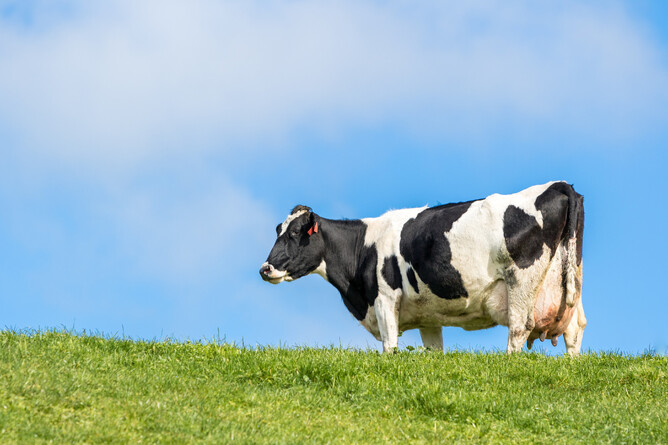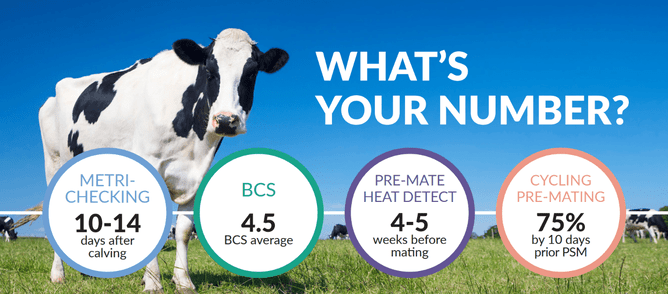As calves hit the ground, we are starting to cast our eyes forward to another important part of the cycle - mating. It may seem quite a way off, but time very quickly disappears and it is important to ensure cows have enough time for their uteruses to prepare for another successful conception. This means shrinking from something that can hold up to 100l (about the volume of a mini fridge) to something about the size of a cucumber!
The uterus must clean itself of all material (calf and membranes) and resolve any post-natal infections (metritis or endometritis). All this has to be done in a matter of weeks. The ovaries must also start developing dominant follicles in their follicular waves. Often, the first ovulation after birth is silent, with subsequent ones being detectable, usually from 40 days of the cow calving.
We can help cows as much as possible by making sure
Their bodies are fully stocked with the essential trace elements;
Any uterine infections are identified and treated early – we recommend metrickecking 10 days-4 weeks post-calving and treating/metricleaning any that need it;
Their Body Condition Score (BCS) is at the right level pre-mating. Aim for 4.5 BCS. If cows are losing weight/on a negative energy plain, their bodies will go into self-preservation mode and reproduction (ovulation and conception) will be affected. Meanwhile, overly conditioned animals are not always on a rising energy plain, which could be a reason for the lacklustre in-calf rates we saw in R2s last year.
Identifying non-cyclers
Using either pre-mating tail paint or wearable collars will enable you to identify non-cycling animals prior to mating. These cows can then be brought on with a CIDR programme and give a first service conception rate of 50-55%. Often, the non-seen cyclers outperform the herd average, as seen in the below graph from one of our farms in 2023:
Consolidating mating allows you to have more days in milk and, while it makes for a busier first few weeks at calving, most of the herd will be in within a few weeks. There are options for consolidating mating for those animals that you have already seen cycling. The 'Why Wait' programme involves two PG injections that enable you to submit most of your herd in the first 10 days.
Heifers can also be consolidated with two PG shots, 10 days apart, with the second shot being one day before the planned start of mating (PSM).
If you are keen to discuss the reproductive performance of your herd further, or to hear more about the variety of choices available to you, please give your large animal vet a ring -we will happily explore the options that would work best for you and your system.



